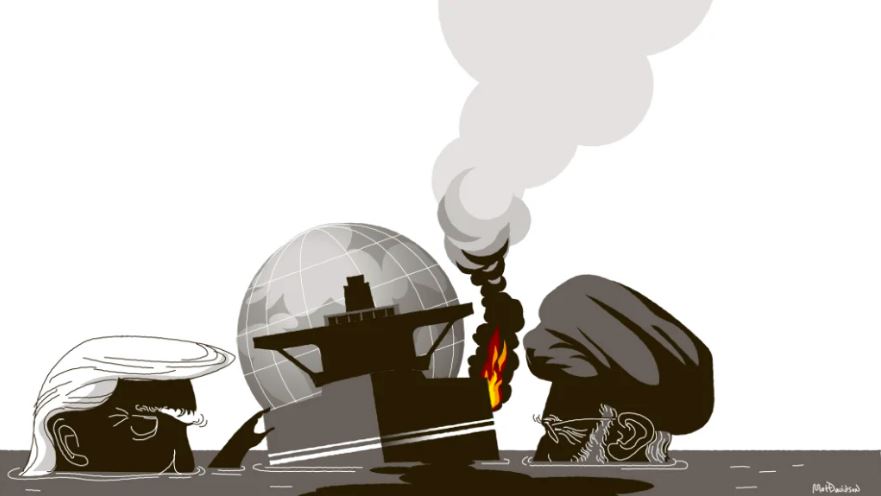On any given day, more than 17 million barrels of oil pass through what is known as the world’s most important chokepoint.
Those barrels constitute about 20 per cent, give or take a few percentage points, of world oil consumption daily.
The waterway in question is the Strait of Hormuz at the entrance to the Arabian Gulf to the north. It is 33 kilometres wide at its narrowest – where its “chokepoint” shipping lane measures just 3km across.
This is barely enough space for supertankers to pass.
Any interruption to seaborne oil-trade through the strait in the world’s most volatile region would immediately push up oil prices, add to risks of a global recession and prompt concerns about a wider conflagration in the Middle East.
The Strait of Hormuz is not simply a chokepoint. It would become a flashpoint in the event of military confrontation between the US and Iran.
It is hard to overstate the dangers of unintended consequences from an escalation of American military pressure on Iran, which risks bringing the region to the brink of war and severing an economic lifeline to the rest of world.
This scenario hardly bears thinking about, yet Donald Trump has seemed determined to push Iran to the brink by reinstituting punitive economic sanctions that are causing real hardship to Iranians.
Read the article by Tony Walker in The Sydney Morning Herald

